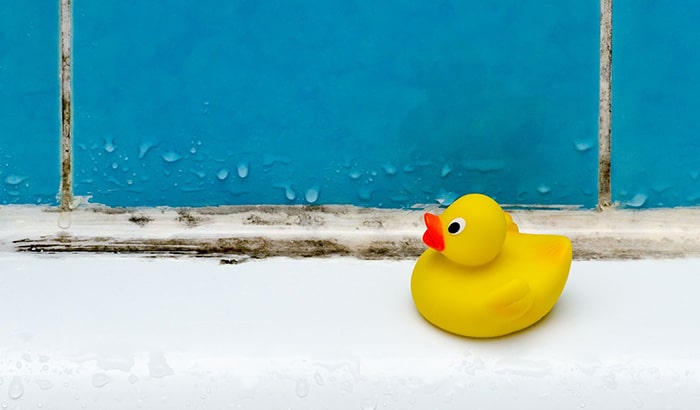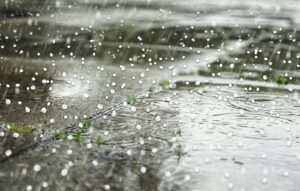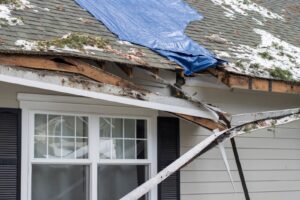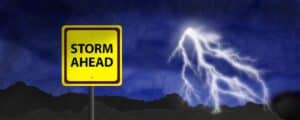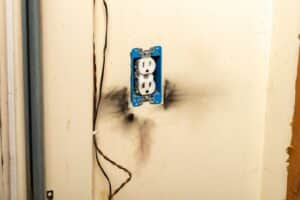Managing mold removal from home during a renovation is daunting, but it’s also an opportunity to ensure a healthier living space.
Nothing holds up a remodeling project like finding mold right in the middle of it. Continue reading for pro tips about mold prevention, signs of mold and where to find it, and what you should do if you do run into this fuzzy fiend during a renovation project.
Mold prevention
Mold often catches homeowners off guard during renovation projects, and it presents unexpected challenges that significantly disrupt timelines. To proactively tackle this issue, it’s best to prevent mold from growing in the first place. Here are five effective strategies for mold prevention in your home.
- Clean up wetness immediately
You can’t talk about mold prevention without discussing moisture. Mold thrives on dampness, making wet walls and floors prime targets.
Basement seepage from heavy rain, a leaky pipe buildup, or a carpet spill requires quick drying within 24 to 48 hours to eliminate the possibility of mold growth. In cases of flooding, promptly discard any water-damaged carpets, bedding, or furniture that can’t be thoroughly dried.
Even everyday events require vigilance — avoid leaving damp items scattered around the house, and dry floors and walls promptly after showering. Don’t forget about damp clothes lingering in the washing machine, as mold will quickly take hold. Instead, hang them to dry, preferably outdoors or in areas with good air circulation.
Additionally, keeping indoor humidity levels below 60% is another way to ward off mold. Use dehumidifiers in particularly humid areas of your home, such as basements or bathrooms, to create an environment less conducive to mold growth.
- Proper ventilation
Improving air circulation and ventilation is crucial for managing the moisture levels within your home. Consider installing heating and cooling system vents alongside ceiling fans to keep the air flowing smoothly. Exhaust fans are fantastic for whisking away excess moisture right from the source and redirecting it outside where it belongs.
Remember to keep internal doors open, especially if there are return air grilles present, allowing air to freely circulate between spaces.
Inspect your crawlspace to see if it’s adequately ventilated. If not, add vents at each corner to encourage better airflow. Don’t forget about the attic too — installing vents strategically where the roof overhangs the walls will help cooler air breeze in, while vents at the roof’s peak release any trapped heat. Proper ventilation is your secret weapon in the battle against mold.
- Monitor the temperature
Ever noticed how condensation forms when something cold meets warm, humid air? It’s a cool science experiment, but less desirable when it leads to condensation buildup in your home. To avoid that, try warming up those chilly surfaces. Adding insulation to cold spots not only boosts their temperature but also helps air circulate better throughout your home.
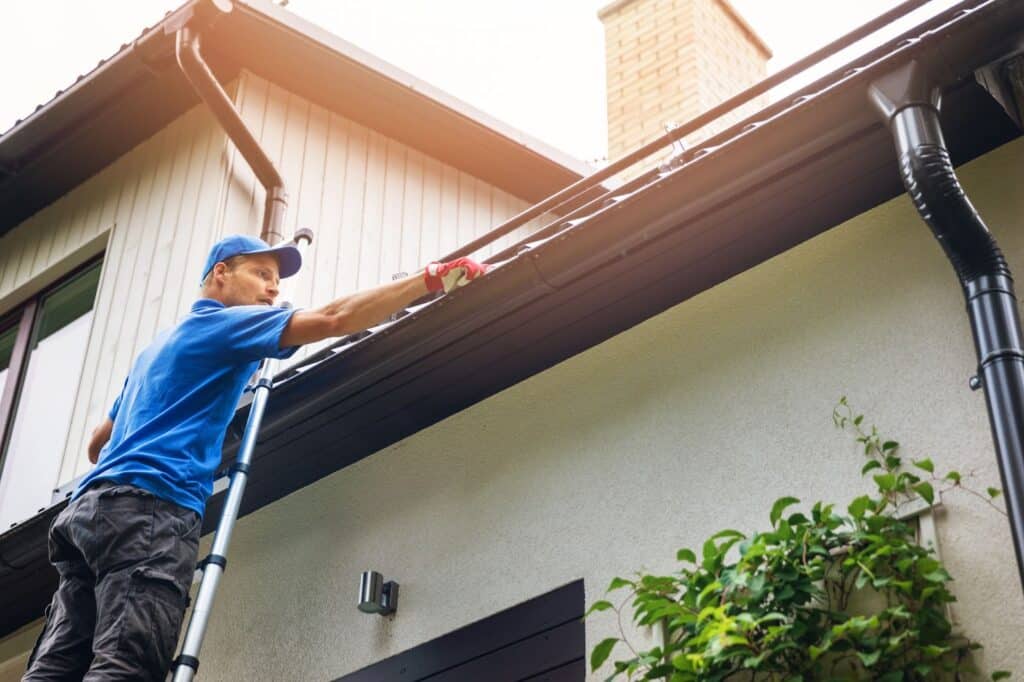
- Roof gutters
A mold problem can be as simple as a roof leaking due to overflowing or faulty gutters. Have your roof gutters cleaned and evaluated for damage quarterly. Repair them as needed and keep a look out for water stains after storms, which likely suggest a leak.
Properly functioning roof gutters also help direct rainwater away from your home’s foundation. This reduces the risk of water seepage into basements or crawl spaces, which creates the ideal conditions for mold growth. By keeping your roof gutters in good condition, you’re protecting your roof and safeguarding your home against mold.
- Indoor humidity
According to the EPA, keeping indoor humidity levels between 30 and 60% is key. Using a moisture meter, simply insert the probe into the material you want to test. The device will provide a reading indicating the moisture content.
Keep an eye out for those trouble spots in your home. If you spot condensation forming on windows, pipes, or walls, it’s a surefire sign that humidity levels are getting out of hand. Don’t sweat it, though — simply dry off those surfaces and address the source of the problem.
Where mold might be lurking
While we’ve discussed effective methods to prevent mold growth in your home, let’s face it, sometimes mold sneaks in despite our best efforts. If you’ve inherited a home with existing mold or you’re trying to be thorough before diving into a renovation project, here are some key areas to check for mold’s presence.
Bathrooms
Peek behind your bathroom cabinets and mirrors — you’ll be surprised at what’s lurking there. With all the moisture hanging around, it’s no wonder toxic mold loves to set up camp in these spots. Consider installing ventilation to tackle this issue head-on. And here’s a tip: always remember to click on those vents during showers to keep excess moisture in check.
Keep an eye out for plumbing mishaps such as spills or leaks; although they seem minor at first, they have the potential to cause major mold issues over time. Addressing these issues promptly will help prevent mold growth and maintain a healthy environment in your home.
Laundry rooms
Wet clothing sitting around in the laundry room will really amp up the moisture levels in the room. Washing machines churn out moisture like nobody’s business, creating the perfect breeding ground for mold.
Even though laundry rooms seem squeaky clean, they’re very vulnerable to mold, especially if humidity levels are through the roof and clothes aren’t drying fast enough. Keep mold in check by giving your appliances a regular clean and keeping an eye out for any sneaky leaks behind the washing machine.
Crawlspaces
Crawlspaces are hidden playgrounds for mold. Since they’re rarely visited, they are the perfect spot for mold to grow undisturbed. Don’t let your crawlspace become a mold haven. Instead, make it a habit to give it a once-over every couple of months. Sweep out the dust, check every nook and cranny, and keep an eye on the corners, walls, ceiling, and floor to ensure mold doesn’t stand a chance.
Air conditioner
Mold also loves to take root in air conditioners. The temperature differences often lead to condensation, while their circulation of dusty air further facilitates mold development. Ensure your air conditioner’s filters are regularly cleaned and mold-resistant to mitigate this risk.
Conduct routine inspections for any signs of mold. If mold is detected, turn off the unit, use a mask to avoid inhaling spores, and thoroughly clean it using a damp cloth, vacuum, and appropriate mold cleaner.
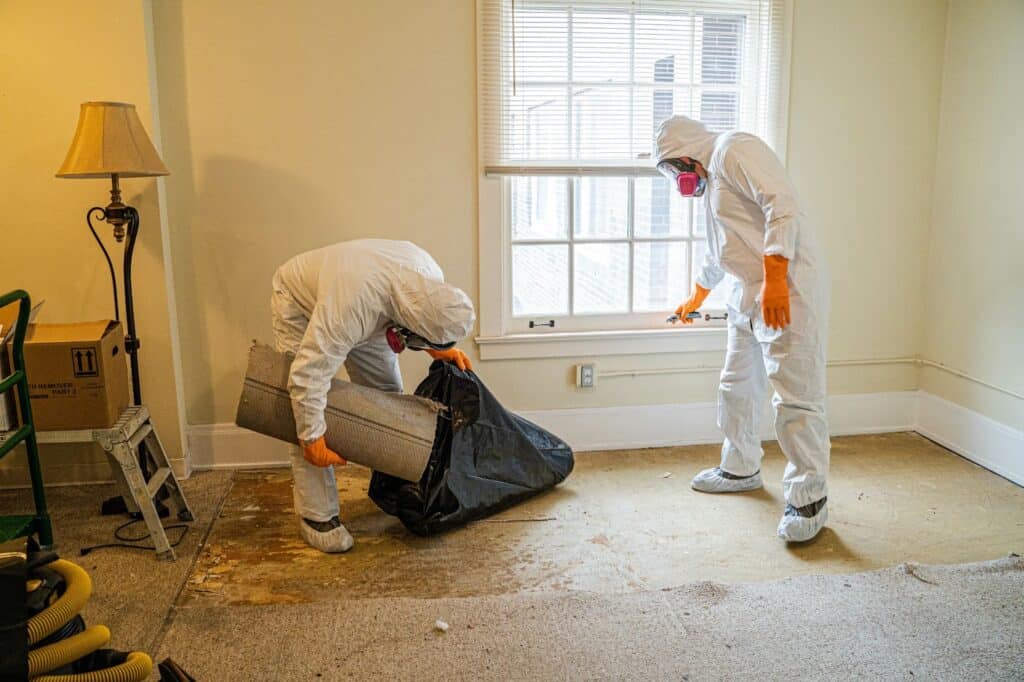
Signs of mold
Don’t let the excitement of renovations overshadow the importance of keeping an eye out for mold. As you dive into your project, be mindful that mold could be lurking in hidden corners waiting to be uncovered. Keep an eye out for these telltale signs that it’s time to hire professional mold restoration.
Odor
Mold is often identified merely by a persistent, musty odor. If you don’t see mold but detect an unpleasant odor, contact a mold restoration team to find the source of the stink.
Discoloration
Visual indications are typically the first signs of mold development. Mold usually appears as gray, black, green, or blue patches on walls, ceilings, or other surfaces. It also has a powdery or fuzzy appearance.
Health symptoms
Inhaling mold spores can cause respiratory infections, allergies, fever, chest discomfort, bloody coughing, and other health issues. If you feel increasing weariness, difficulty breathing, coughing, wheezing, and other symptoms, have your house checked for mold.
Bubbling paint
Bubbling or peeling paint does not usually indicate a mold problem, although it may suggest moisture intrusion. Mold sometimes causes bubbling on both the baseboard and the wall.
Damp areas
If any surfaces seem wetter than they should, it’s likely an indication of mold developing behind the scenes. Wet walls, floors, furniture, ceilings, or cabinetry may indicate a high humidity level, a leak, or another water problem. Excess moisture causes mold to grow and spread.
Dealing with mold discovery: next steps
Navigating mold removal from home is no easy feat and often demands specialized expertise. That’s where mold restoration services come into play. The leading mold treatment companies employ a meticulous, multi-step process aimed at restoring fungus levels to normal while devising strategies to prevent future outbreaks.
Mold cleanup service teams typically follow these essential steps:
- Inspection – The first step is to thoroughly investigate the property to identify the extent and severity of the mold infestation. Moisture meters, thermal imaging, and other techniques are used to detect hidden mold behind walls, ceilings, or beneath floors.
- Getting samples – The team will collect mold samples to determine the type and severity of contamination. This information is utilized to develop an appropriate remediation strategy.
- Containment – Next, the team will deploy containment methods to prevent mold spores from spreading to unaffected areas. They will close off the afflicted area using plastic sheeting and employ negative air pressure equipment.
- Protective uniforms – Team members will wear appropriate personal protective equipment such as respirators, gloves, and suits to guarantee their safety.
- Removal – The mold will next be physically removed from the affected surfaces by the cleanup personnel. Moldy debris and rubbish are properly packaged and disposed of according to local standards. This helps avoid cross-contamination.
- Drying – The team will address underlying moisture issues by drying the affected areas and installing dehumidifiers. This treatment is crucial to preventing further mold development.
- Prevention – The specialists will provide recommendations to help prevent future mold concerns. This may include improving ventilation, repairing water leaks or moisture problems, and offering advice on how to maintain consistent interior humidity levels.
Reach out to Black Diamond Water Damage & Disaster Restoration today
Proper mold removal from home isn’t a DIY job — it takes know-how, appropriate training, and specialized gear. That’s where a top-notch mold remediation company like Black Diamond Restoration comes in handy. We’ve got the skills and tools to tackle mold problems head-on and make sure they don’t rear their ugly heads again. So, when it comes to bidding farewell to mold, leave it to the pros!
Black Diamond Restoration dominates the business as far as mold restoration is concerned. We are prompt, trustworthy, and efficient in all that we do. If you see or suspect mold development in your house, please contact us.
Reach out to Black Diamond Restoration today to find out more! We serve the Salt Lake and Utah Valley regions from our Murray, Utah, headquarters. Put Black Diamond Restoration to work immediately to eradicate your mold problems.

